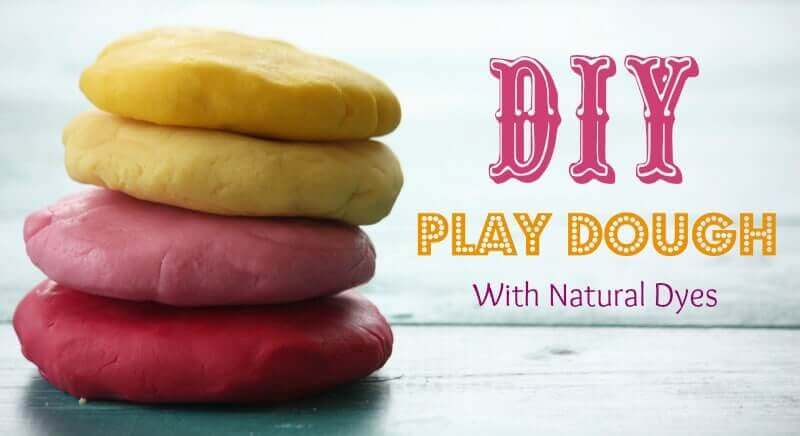 |
| One of the unexpected sources of salt toxicity in pets (Image Source) |
Salt may seem like an odd toxin to our pets but it is
definitely one to consider due to the potential profound effects on our pets. One way to develop a salt toxicity is to have
no access to water. This is not common in our household pets but can happen in
livestock especially if water sources become frozen. If you pet spends a good
amount of time outside ensure that their water source is fresh and accessible. There
are other causes of increased salt around the house that may surprise you.
Items like homemade play dough (or play dough ornaments), paint balls and salt
used to melt snow have very large amounts of salt and can cause issues if
ingested by our pets.
 |
| Paint balls are another source of salt toxicity in our pets (Image Source) |
Symptoms of a salt toxicity can vary depending on amount and
time of exposure. In mild cases you may only see some gastro-intestinal upset
such as vomiting, diarrhea or lack of appetite. These tend to happen fairly
quickly after a toxic level is reached, usually within hours. From there
symptoms can progress to neurological signs. These would include tremors, stumbling, seizures,
or in extreme cases a coma.
 |
| While pets affected by salt toxicity do need to be re-hydrated it needs to be done under veterinary supervision (Image Source) |
It is important to monitor your pets to prevent their
exposure to unwanted materials. Even if it does not seem appealing to us (because
really who would want to eat ice salt or a hard play dough ornament) pets tend
to find these items irresistible. If you think your pet may have been eaten
something containing a good deal of salt it is best to contact your
veterinarian immediately.
No comments:
Post a Comment